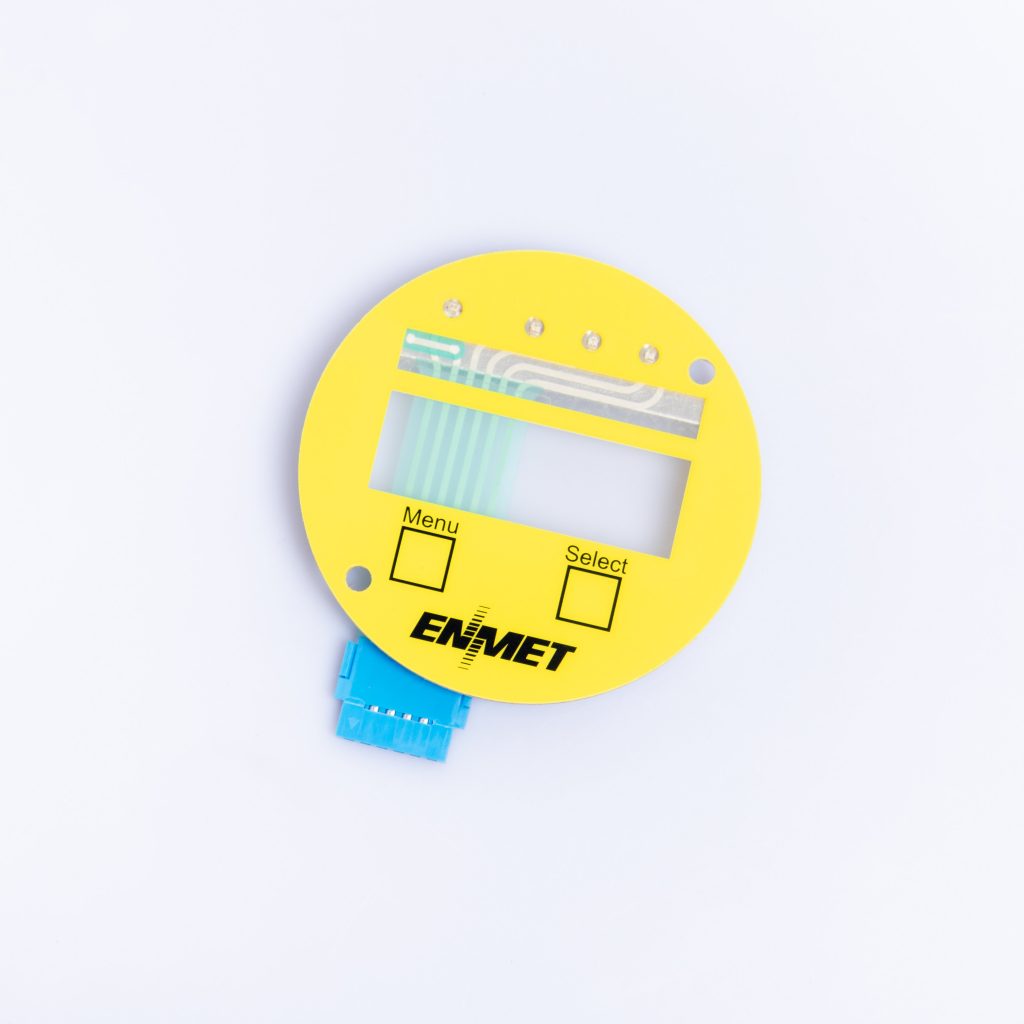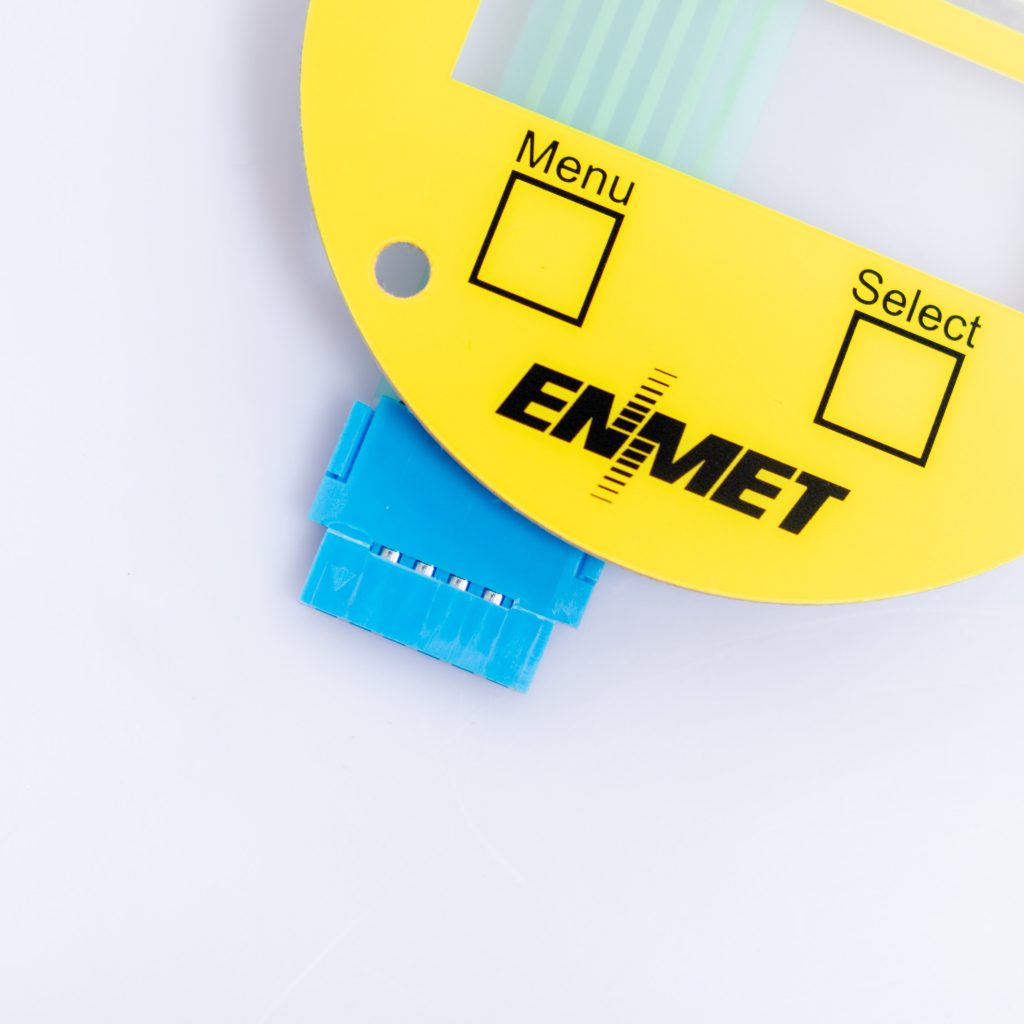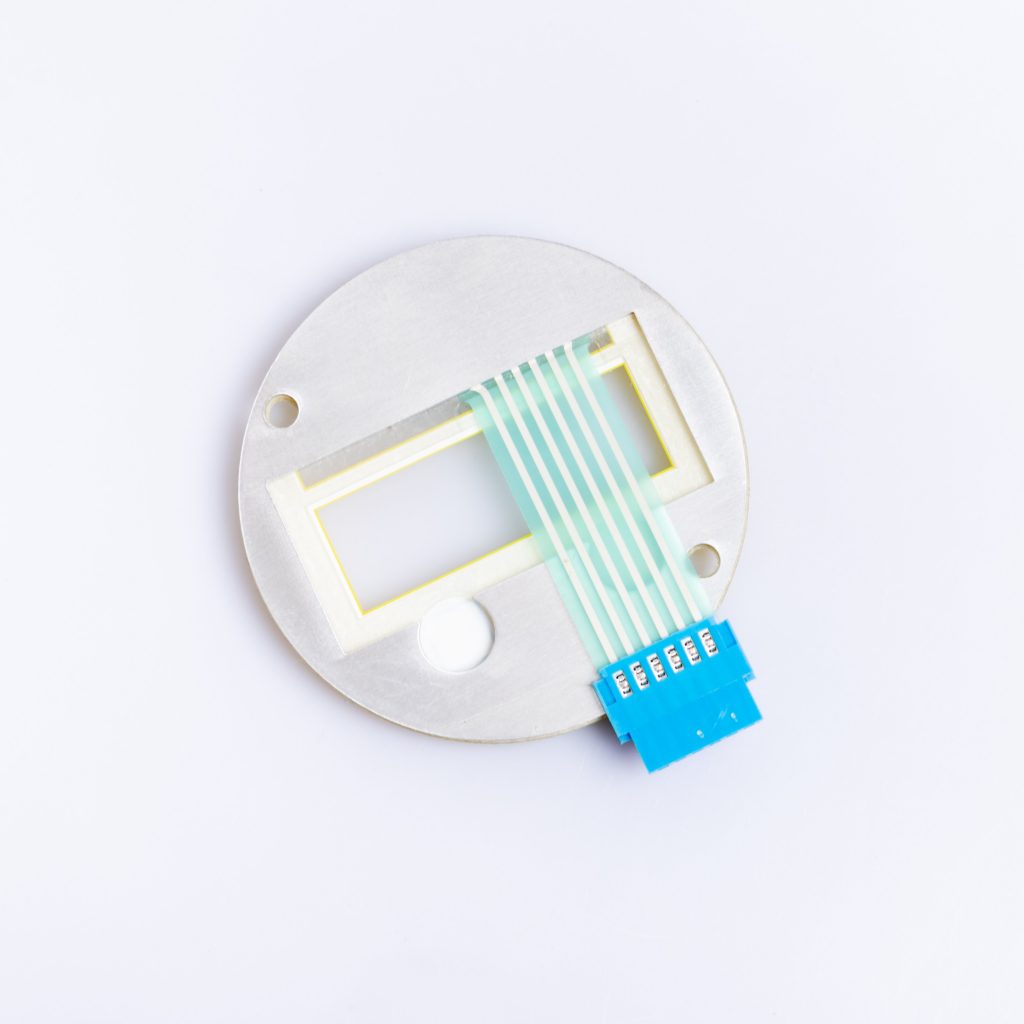Contact
Write to Us And We Would Be Happy to Advise You.
Do you have any questions, or would you like to speak directly with a representative?
By hqt
Wondering about the benefits of a membrane switch with seamless integration and intuitive operation? Discover how this versatile technology enhances various industries, from healthcare to automotive. Explore the advantages, use cases, and FAQs in this comprehensive article.
In today’s fast-paced world, technology plays a crucial role in enhancing efficiency and user experience across industries. One such technological marvel is the membrane switch, which combines seamless integration and intuitive operation. But what exactly is a membrane switch, and how does it benefit different industries? Let’s delve into the specifics and uncover its advantages, applications, and more.
Membrane switches are thin, flexible, and durable interfaces used to control electronic devices and systems. They consist of multiple layers, including a graphic overlay, spacer, and circuitry, all designed to provide a user-friendly interface with seamless integration and intuitive operation.



In the healthcare industry, precision and quick response times are paramount. Membrane switches offer a range of benefits that make them ideal for medical devices and equipment:
In the automotive industry, safety, reliability, and user-friendly interfaces are critical considerations. Here’s how membrane switches contribute to this dynamic sector:
In industrial settings, efficiency, accuracy, and operator safety are paramount. Membrane switches offer numerous advantages for industrial automation:
1. What makes membrane switches different from traditional mechanical switches? Membrane switches have a thin, flexible construction, while mechanical switches rely on moving parts. This key distinction allows membrane switches to offer a more compact design, excellent durability, and easy integration.
2. Are membrane switches suitable for outdoor applications? Yes, membrane switches can be engineered to withstand outdoor environments. They can be designed with UV-resistant materials, sealed to protect against moisture, and constructed to handle temperature variations.
3. Can membrane switches support backlighting? Absolutely! Membrane switches can incorporate backlighting features to enhance visibility, particularly in low-light conditions. This makes them ideal for applications where visual clarity is essential.
4. How long do membrane switches typically last? Membrane switches have impressive durability and can endure millions of actuations. Their long lifespan, combined with resistance to wear and tear, ensures reliable operation for extended periods.
5. Are membrane switches cost-effective compared to other switch options? Yes, membrane switches offer a cost-effective solution, especially when compared to complex mechanical switches. Their simplified design, ease of manufacturing, and reduced maintenance requirements contribute to their affordability.
6. Can membrane switches be integrated with touchscreens? Certainly! Membrane switches can be seamlessly integrated with touchscreens, providing a versatile and user-friendly interface. This combination offers tactile feedback, ensuring accurate inputs while maintaining a sleek design.
What good is a membrane switch with seamless integration and intuitive operation? Specific to the role of different industries, membrane switches prove their worth across a diverse range of sectors. From empowering medical professionals to revolutionizing automotive controls and optimizing industrial automation, these versatile interfaces enhance efficiency, user experience, and safety. As technology continues to evolve, membrane switches will undoubtedly play an increasingly vital role in shaping our digital interactions.
Do you have any questions, or would you like to speak directly with a representative?